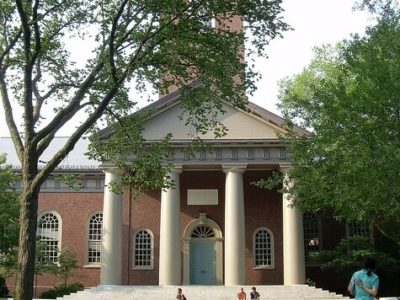The Annie Le case has recently resurfaced in the news, with the sentencing of Raymond Clark III, 26, a former animal research technician. Clark was given a 44-year sentence for the murder or Annie Le, a Yale graduate student and bride-to-be, in 2009.
I remember studying this case in my Media Law and Ethics course that year, where we talked about what sort of cases are brought into the public eye as well as the use of social media in the judicial system and in journalism.
One article, written by Slate, particularly sticks out in my mind, and though I don’t think that prestige is a sole reason for media attention, I do think this article brings up a valid argument. The article basically said that much of what is covered in the news in regards to university students depends on which school they attend–Ivy League's as the most attractive to the media. I don’t think it’s right to look at this case’s coverage and immediately think that it was only highly-covered because Le was a Yale student. After all, every such murder investigation merits attention to help in the proceedings and to let the public know what is going on in their community and nationwide.
Yet, when I opened the college sections of several publications today, I was surprised at all of the news in the College World that I haven’t seen on the nightly news. So this raises the question once again: who and what dictate which stories get media coverage?



















